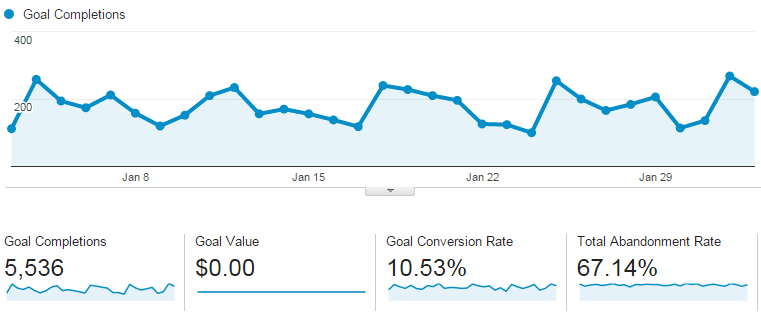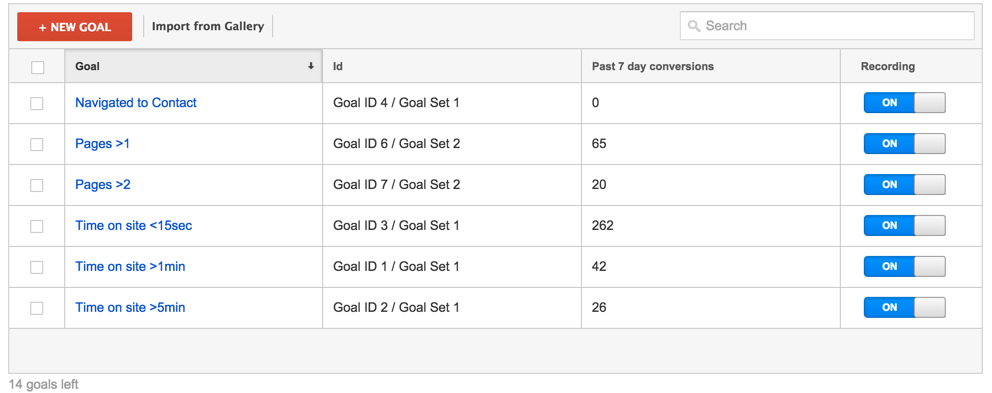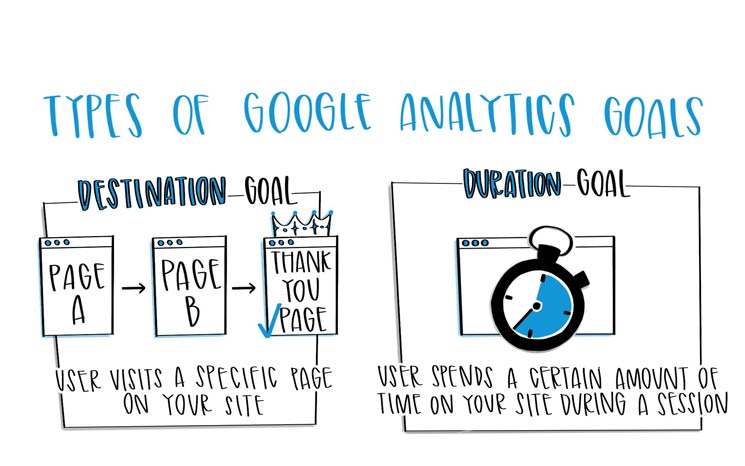Key Insights on What Data Is Google Analytics Goals Unable to Track
Introducing the Blind Spots: Comprehending What Google Analytics Goals Can not Measure
In the world of digital analytics, Google Analytics stands as a powerful device for monitoring and evaluating online user communications. Comprehending what Google Analytics objectives can not gauge is important for obtaining a detailed view of customer habits and interaction.
User Actions on External Operatings Systems
Understanding how users interact on exterior platforms is important for enhancing online methods. Exterior platforms, such as social networks networks, recommendation internet sites, and on-line forums, play a significant role in driving web traffic to a company's internet site. By evaluating customer habits on these platforms, organizations can gain beneficial understandings right into the performance of their advertising and marketing initiatives and the preferences of their target audience.
One secret facet of customer behavior on outside platforms is the referral source. By tracking where the customers are originating from, businesses can recognize which systems are driving one of the most traffic to their web site. This info can help business assign their sources a lot more properly, concentrating on the systems that generate the most effective results.

Offline Conversions and Communications
Assessing user actions on exterior platforms offers useful understandings into on-line techniques; nonetheless, considering offline conversions and communications is just as essential for a detailed understanding of a business's total performance. While Google Analytics stands out at tracking on the internet interactions, it falls brief in catching the full customer journey that frequently includes offline touchpoints. Offline conversions, such as in-store purchases or phone questions, play a considerable function in lots of businesses' success. Neglecting these communications can cause an altered sight of the efficiency of advertising and marketing campaigns and general service performance.

Acknowledgment Beyond Last Click
When delving into the realm of electronic advertising analytics, it becomes important to look past the single touchpoint of the last click for a much more extensive understanding of acknowledgment. While Google Analytics supplies beneficial insights into customer behavior, counting exclusively on last-click attribution can be limiting - what data is google analytics goals unable to track. Acknowledgment models that surpass the last click offer a more nuanced view of the client journey, taking into consideration all the touchpoints that cause a conversion
Acknowledgment beyond the last click permits marketing professionals to designate credit scores to numerous interactions along the conversion path, giving a more clear photo of the effectiveness of different advertising channels. By exploring multi-touch attribution designs such as direct, time degeneration, or position-based acknowledgment, services can much better designate their advertising and marketing budget plans and maximize their techniques for optimal effect.
Recognizing the influence of each touchpoint in the conversion process is important for making notified decisions and taking full advantage of ROI. By embracing acknowledgment beyond the last click, services can obtain much deeper understandings right into customer habits and tailor their marketing initiatives much more efficiently.
Cross-Device and Cross-Browser Tracking

Likewise, cross-browser monitoring complements cross-device tracking by capturing customer behavior as they switch over in between different web browsers. Understanding how individuals connect with sites on numerous internet browsers can help marketers maximize their on the internet experiences to ensure consistency and capability across different systems.
Qualitative Data and Customer Intent
Recognizing individual intent via qualitative information analysis is essential for developing targeted electronic advertising techniques that reverberate with the needs and more preferences of the target market. Qualitative data gives insights into the 'why' behind customer actions, clarifying motivations, feelings, and preferences that quantitative data alone can not record. By analyzing user feedback, comments, and communications, online marketers can discover useful info about individual intent, permitting them to tailor their messaging, content, and offerings to much better line up with what their target market is seeking.
Qualitative data additionally assists in comprehending the context in which customers involve with a web site or application. This contextual understanding allows marketing experts to create even more relevant and customized experiences, inevitably driving higher involvement and conversion prices. By diving right into user intent via qualitative data analysis, services can obtain a deeper understanding of their target market, leading to a lot more effective advertising strategies that satisfy individuals' requirements and assumptions.
Conclusion
Finally, Google Analytics objectives have constraints in determining user actions on exterior platforms, offline conversions, attribution beyond last click, cross-browser and cross-device monitoring, and qualitative data connected to customer intent. what data is google analytics goals unable to track. It is necessary for businesses to be knowledgeable about these dead spots in order to supplement their information analysis with other tools and methods to acquire a more extensive understanding of their target market and improve their total digital advertising techniques
By assessing user behavior on these systems, companies can acquire useful insights right into the performance of their advertising efforts and the preferences of their target audience.
Evaluating individual habits on exterior platforms gives useful insights right into on the internet methods; nevertheless, thinking about offline conversions and interactions is equally necessary for a detailed understanding of a company's total efficiency.In digital advertising analytics, moving beyond last-click acknowledgment to check out cross-device and cross-browser tracking is necessary for Click This Link acquiring a holistic understanding of individual interactions throughout various systems and devices. By examining customer comments, remarks, and interactions, marketers can uncover valuable information about individual intent, allowing them to tailor their messaging, content, and offerings to much better align with what their audience is looking for.
By diving right into customer intent with qualitative data analysis, companies can acquire a much deeper understanding of their target audience, leading to extra effective advertising and marketing strategies that meet customers' assumptions and demands.